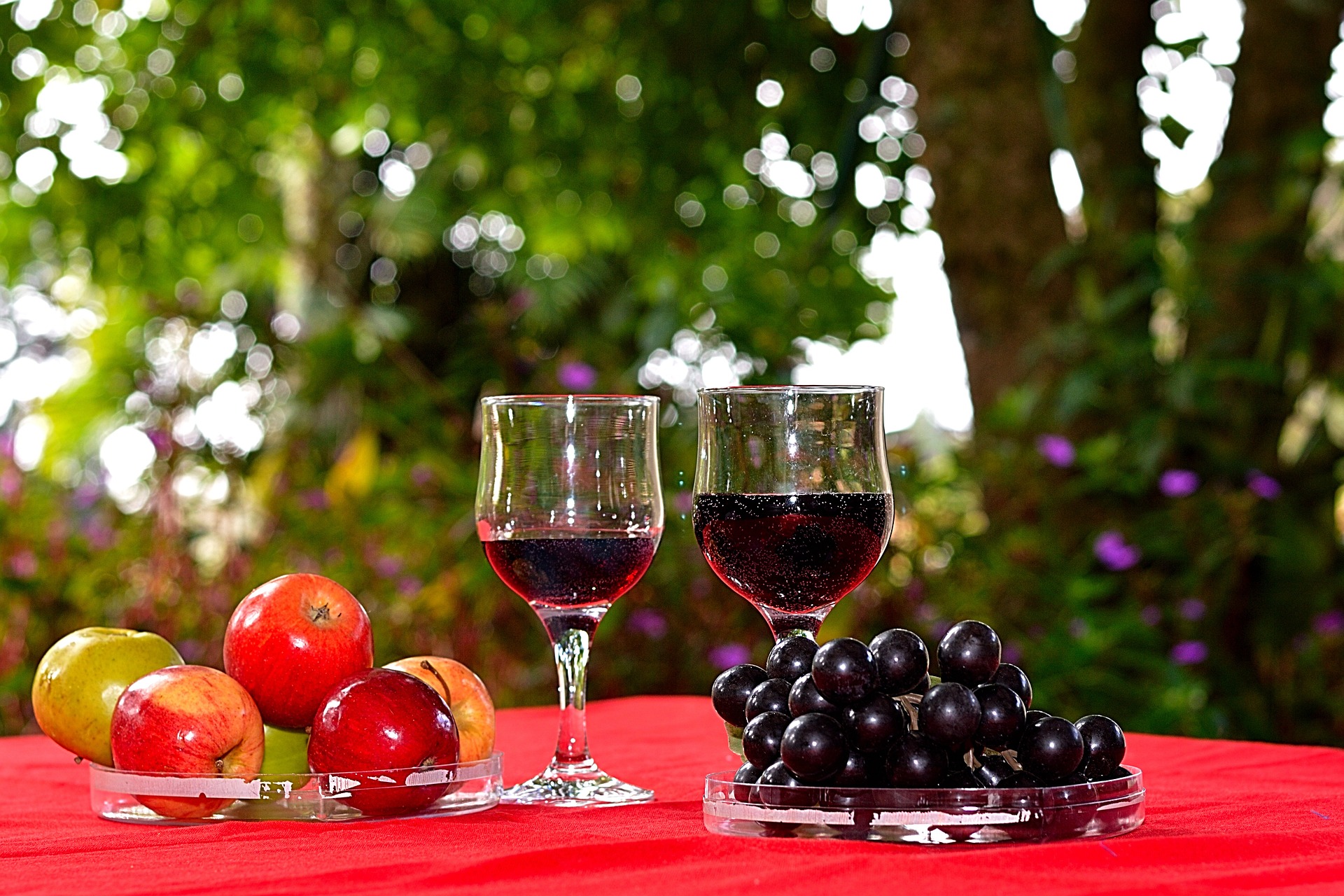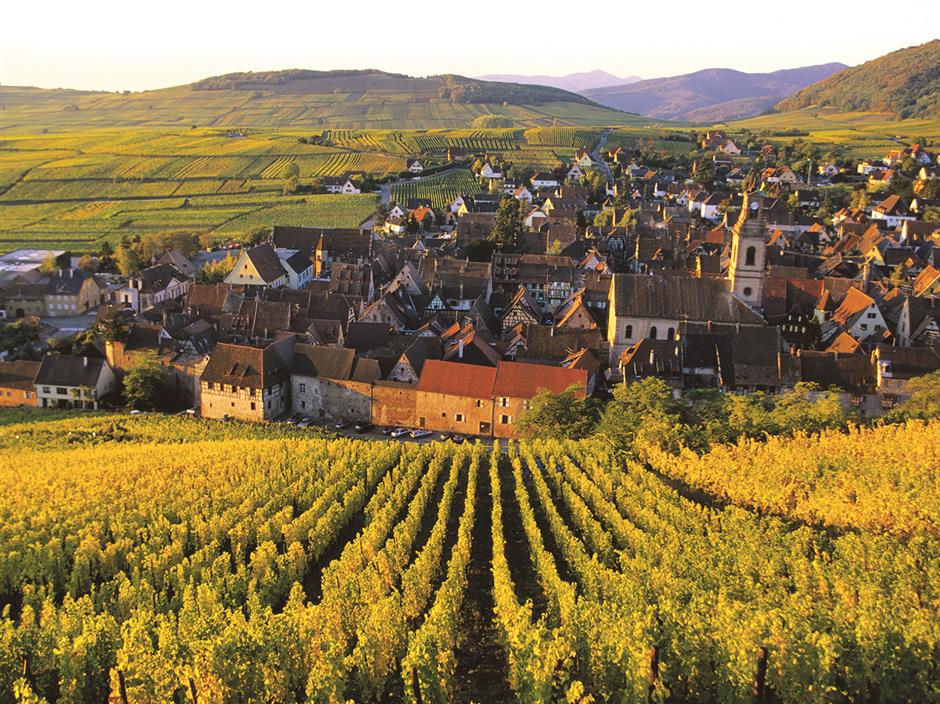As global demand increases, especially in new markets like Russia and China, the price of famous wines compels us to search for new more affordable alternatives. In wine speeches and presentations, I’m often fond of stating that any fool can spend 5,000 RMB and get a great wine. It takes very little skill. However, getting a really good wine at a low price takes a great deal more skill and experience. I taste thousands of different wines each year, and in the inexpensive category the sad truth is that most are bad or at best drinkable. The good news is that a small minority, perhaps 10 percent or less are actually quite good. In recent years, malbec red wines from Argentina have become some of the best inexpensive wines. For reasonable prices these wines offer dark color, rich fruitiness often with a touch of spice and soft tannins.

Malbec is a grape that depending who you talk to originated in France or was brought to France by a Hungarian winemaker many centuries ago. Usually blended with other varieties to provide color and fruitiness, the grape thrived in Bordeaux and other regions of France until a severe frost in 1956 wiped out most the vines. French winemakers replanted with the merlot, cabernet sauvignon and other varieties that weren’t so susceptible to frost and other climatic extremes. Today in France, only the Calors wine region in southwest France still has extensive plantings of this grape. But the story of malbec is not a tragic tale because this weather-sensitive grape found a new hospitable home in the mountains of Argentina. Since the mid 19th century, malbec vines have been harvested in Argentina, but the production was predominantly cheap, diluted wines suitable only for the domestic market. Then in the late 1980s and early 1990s, pioneers like Nicolas Catena and others then started to make lower yield, quality malbec wines for the export. The best of these wines came from Mendoza, the elevated plateau bordering the Andes Mountains. The elevation provides an ideal combination of abundant daytime sunshine to ripen the grapes and cool evenings that contribute greater complexity and elegance to the wines. Over the past two decades, Malbec wines have become some of the best affordable red wines.
The generous fruitiness and soft tannins of most Malbec wines make them suitable for many kinds of meat, but perhaps because of the national obsession with beef in Argentina, most malbecs find wonderfully synergistic partners with steaks and roast beef. In fact, almost any part of the cow from tongue to tail matches harmoniously with a good Malbec from Mendoza. The hearty and somewhat spicy nature of these wines also makes them quite suitable for many Chinese or Asian beef dishes that may overwhelm more delicate red wines.
There are several good malbecs available in Shanghai. My favorites include two wines from the fine producer Norton, the Barrel Select Malbec, a low-price wine that certainly doesn’t taste low-price and the only slightly more expensive Reserva Malbec. The reserva is a richer more complex wine, but both wines offer abundant ripe plum and other dark fruit flavors and typically Malbec smooth tannins. The Broquel Malbec from Trapiche is another rustically delicious Malbec that shouldn’t be missed. Other Mendoza producers making fine malbecs include Cantina Zapata, Perdriel and the Moet-Hennessy owned Terrazas. Some producers are also making more expensive, single-vineyard Malbec wines that are showcasing the high-end potential of the grape. But the key point is that the combination of Mendoza and Malbec mean you don’t have to spend much to get a really good red wine.





